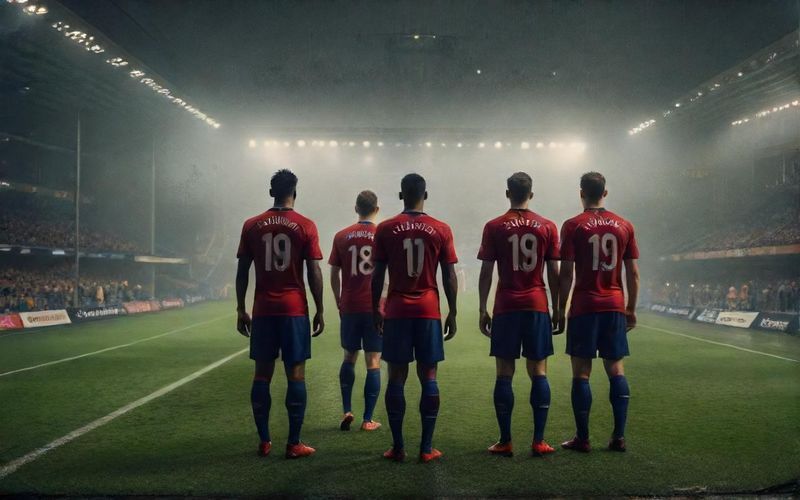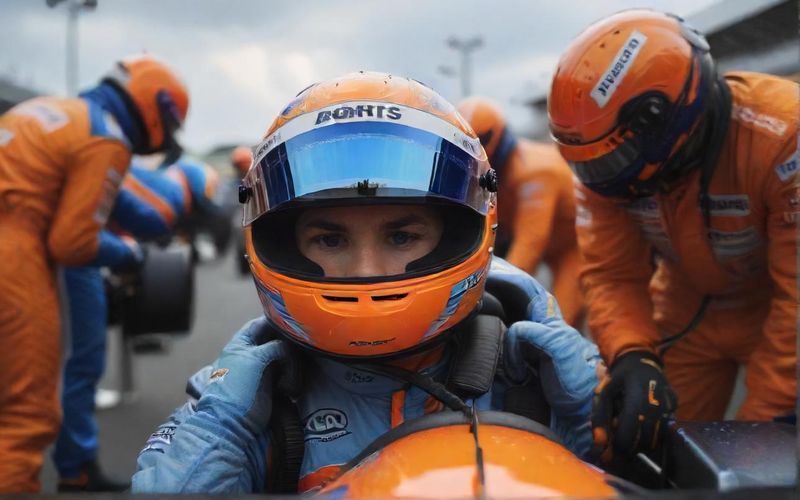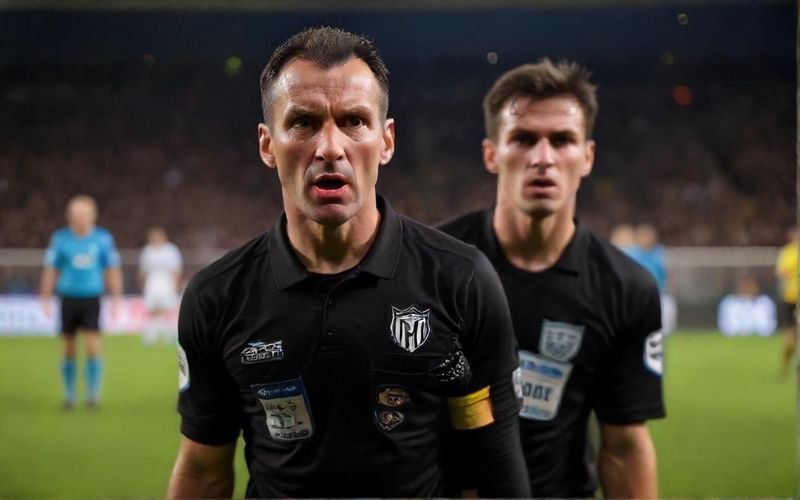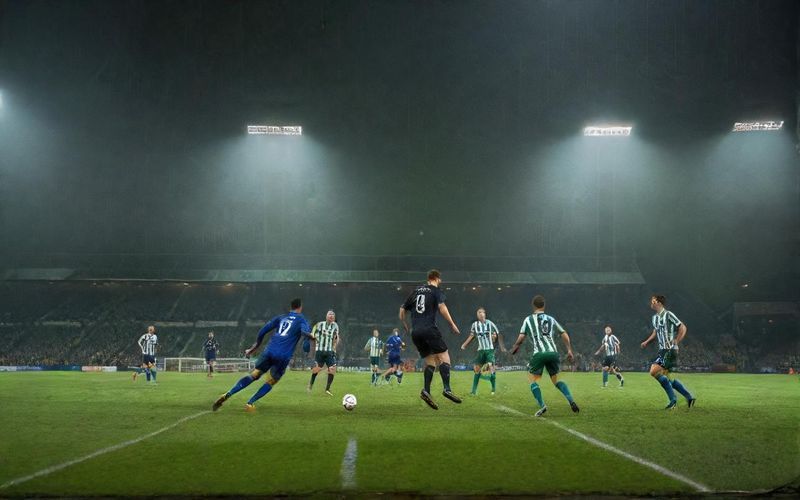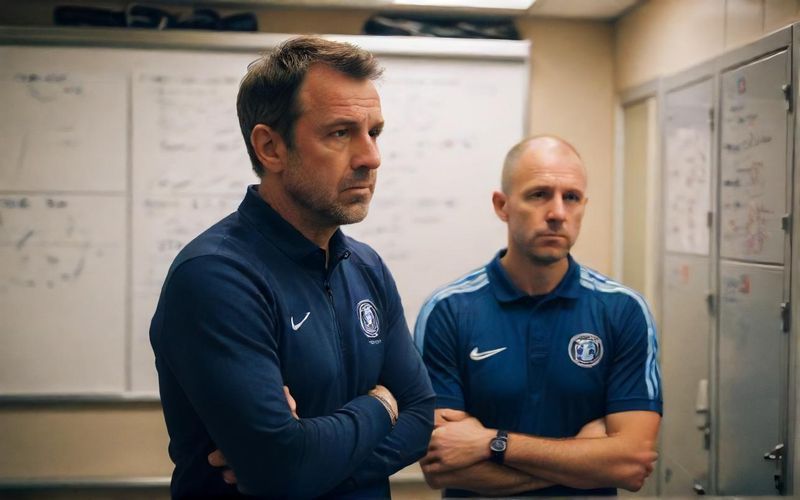Tigers Drop Urquidy, Sewald Options: What's Next?

For Paul Sewald, the decision felt almost preordained. Acquired in July as a veteran arm to bolster a playoff push, his tenure with the Tigers was brief and largely hampered by a nagging shoulder injury. He pitched a mere 4.1 innings in four games, a far cry from the impactful closer role he once occupied. The mutual option for 2026, carrying a hefty $10 million price tag, was always a long shot, especially for a team that historically shies away from such hefty commitments to relievers. The Tigers opted for the $1 million buyout, a sensible financial move that frees them from a potentially burdensome obligation. Sewald, a proven commodity in his prime, now enters free agency, likely seeking a role where he can contribute more consistently.
The case of José Urquidy, however, presents a more nuanced picture. Signed last spring while he was mid-rehab from Tommy John surgery, the Tigers clearly gambled on his future productivity. The hope was that he’d emerge from the arduous recovery process a more potent force in 2025. He did make it back for the September stretch, but only in two brief relief appearances. While his fastball velocity showed encouraging signs of returning to pre-surgery levels, and he managed to limit hard contact, the sample size was too small to justify the $4 million base salary for next season, let alone the additional incentives tied to starting games. The Tigers, declining his option without a buyout, are essentially admitting that the long-term investment didn’t pan out as envisioned. This decision, while perhaps disappointing for Urquidy, speaks to the team's commitment to making tough choices based on current assessment rather than past potential. It also highlights the inherent risks associated with acquiring players recovering from significant injuries.
What's particularly interesting here is the Tigers' simultaneous pursuit of new talent, however unconventional. The claim of Jack Little off waivers from the Pittsburgh Pirates signifies a shift towards exploring cheaper, younger options. Little, a former Dodgers draft pick who has made brief MLB appearances, spent time in the Pirates' minor league system, posting a respectable ERA. With two minor league options remaining, he offers the Tigers flexibility and a low-risk opportunity to develop a new arm. It’s a classic Scott Harris move – a small waiver claim that, while not generating headlines, could potentially yield dividends down the line. This pattern of seeking out overlooked or undervalued players underscores a strategic approach, aiming to build depth through less heralded avenues.
The influx of pitchers returning from the injured list, like Beau Brieske and Jackson Jobe, further reshapes the team's immediate roster composition. With the 40-man roster now full, the Tigers are clearly making space and signaling a renewed focus on internal development and scouting for unheralded talent. The decision regarding Urquidy, while signaling an end to his immediate tenure in Detroit, could also be seen as a catalyst for other prospects to step up. We saw him mentioned as a trending topic, which often happens when players become free agents or are involved in roster moves, signaling public interest in his situation.
As the baseball world churns, these moves by the Tigers are more than just personnel changes. They represent a philosophy of calculated risk and a commitment to forward momentum, even if it means letting go of players acquired with future aspirations. It’s a delicate dance between immediate needs and long-term vision, a challenge every front office grapples with.
Looking ahead, the question isn't just about who will be on the Tigers' roster next season, but rather about how these seemingly small decisions will ripple through their pursuit of sustained success. Will the overlooked gem in Jack Little blossom into a reliable reliever? And what does this say about the Tigers' willingness to invest in proven, but potentially expensive, veteran arms in the future?
